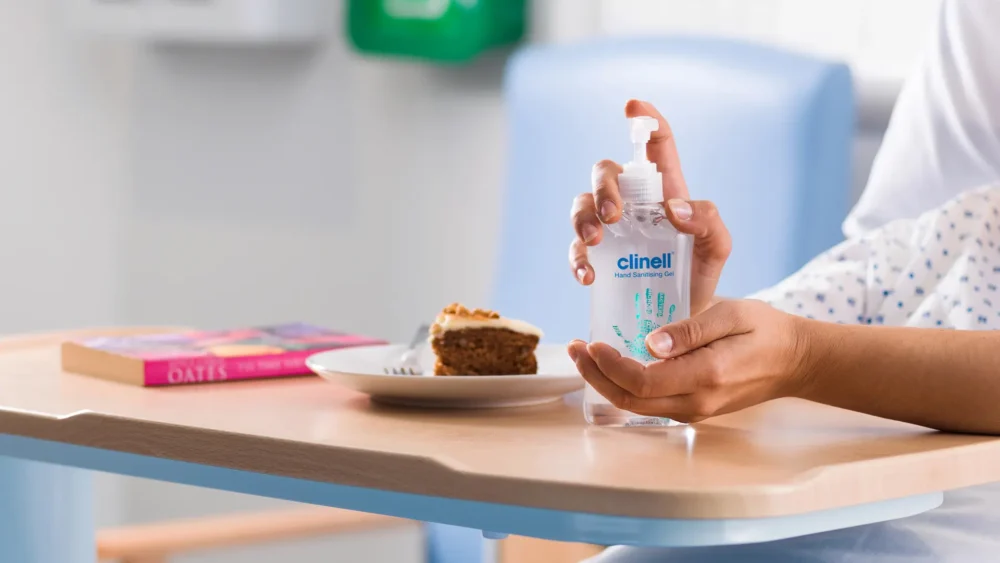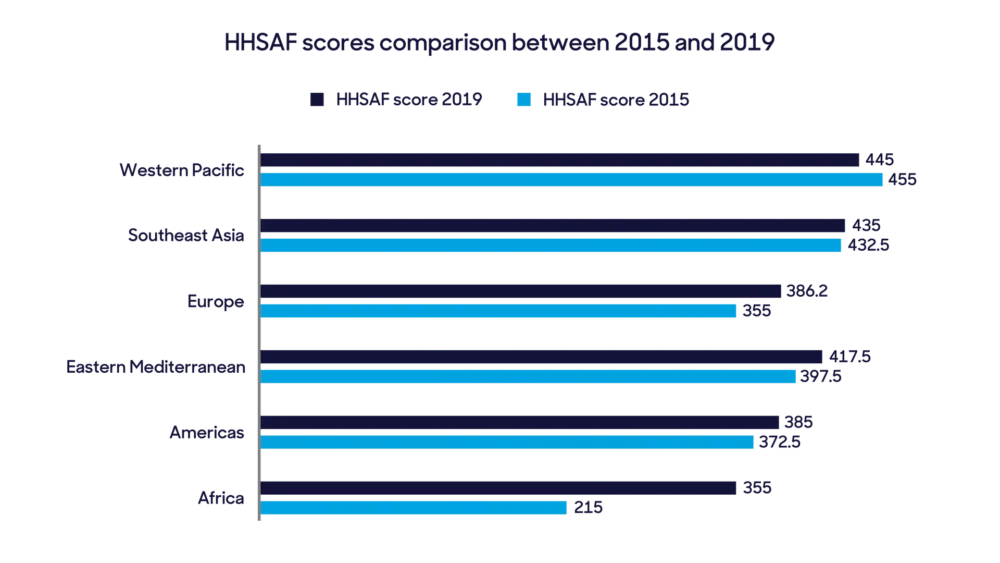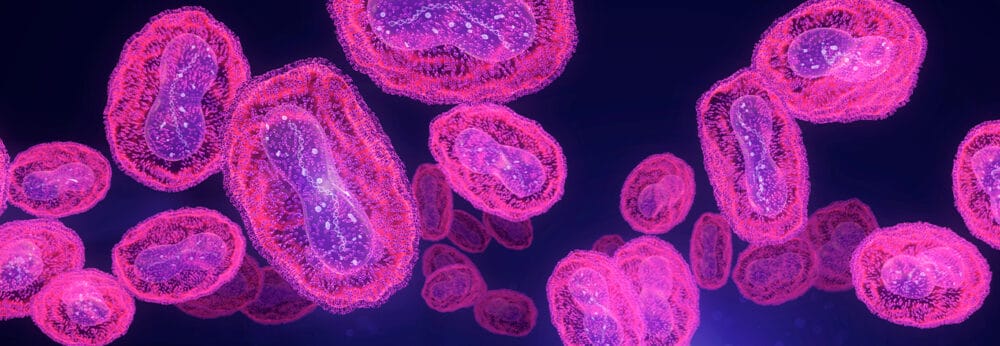Posted
5th May 2022
Research
In today’s article, our Clinical Specialist for Skin, Georgina Saviolaki, summarises the key points from the WHO’s Hand Hygiene Self-Assessment Framework (HHSAF) global survey.
This year’s theme for World Hand Hygiene Day, 5 May 2022, is focused on recognising what we can add to a facility’s climate or culture of safety and quality, through cleaning our hands, but also that a strong quality and safety culture will encourage people to clean hands at the right times and with the right products. 10 years after the development of the WHO Multimodal Hand Hygiene Improvement Strategy, the key points from the largest Hand Hygiene Self-Assessment Framework (HHSAF) global survey are summarised.
Hand hygiene and healthcare associated infections
Hand hygiene is the process of cleaning hands and removing any pathogens that can potentially lead to healthcare associated infections (HAI). HAI can impact the quality of healthcare services, patient safety and healthcare costs. In Europe, up to 2.6million HAIs occur every year resulting in >91,000deaths.[1] Hand hygiene compliance is considered the most effective measure to reduce transmission of HAI,[2,3] which has been highlighted in this pandemic. Globally, hand hygiene is one of the key performance indicators of patient safety and quality of health services.[4]

Introduction
3,206 healthcare facilities from 90 World Health Organisation (WHO) countries, were included in the analysis of the global situation, based on hand hygiene implementation framework.
Findings from the global survey
This global survey assessed the characteristics, implementation, and progress of hand hygiene programmes worldwide using the HHSAF framework. HHSAF has a scoring range with highest combined score across 5 areas being 500. The higher the score the highest the level of hand hygiene; inadequate (0-125), basic (126-250), intermediate (251-375) or advanced (376-500). 46% of WHO Member states participated and were assessed on 5 core areas of the framework with the following results:
1. System Change
Higher HHSAF weighted scores observed in high-income countries (HIC) of 100 compared to lower-income countries (LIC) of 45. Main disparities observed in the availability of alcohol-based hand rubs and procurement budget of hygiene products.
2. Training and education
HIC scored higher with median score of 85 compared to LIC that had median HHSAF score of 40. Differences observed in the frequency of training and budget allocation.
3. Evaluation and feedback
Discrepancies observed between HIC and LIC, with weighted ranges of 75 and 34 respectively. Hand hygiene compliance was assessed and reported as 60% in about half of the healthcare facilities, however 17.5% of the providers from LIC reported no compliance monitoring.

4. Reminders in the workplace
Lower scores obtained for LIC compared to HIC with weighted range of 50 and 75 respectively. >50% of the responders reported displaying posters in wards regarding indications of hand hygiene, hand rubbing and hand washing techniques.
5. Institutional safety climate
Achieved the lowest score across the 5 areas with HIC scoring a weighted median of 65 and LIC 50. 70% of HIC and 16.5% of LIC established institutional targets for hand hygiene.
Overall, HHSAF score was 350 points which reflects an intermediate score, with LIC countries ranging between 152-303 (basic level) and HIC 315-440 (advanced level). Results were directly related to country income level and funding structure (private or public). Highest overall score was obtained in system change and lowest in the institutional safety climate. Results were compared with those obtained in 2015 and no hand hygiene improvement was observed as depicted below. This could be due to the advanced hand hygiene level of the participating healthcare facilities.

Summary
This study identified the main drivers and barriers for hand hygiene level at a global scale, where during the pandemic the importance of infection prevention and control was reinforced. Drivers include country income-level and healthcare facility funding structure, whereas barriers to effective hand hygiene were training resources, leadership, and organisational support. Across all areas lower scores were obtained from LIC and public healthcare facilities. To achieve the right level of hand hygiene implementation across countries, multiple factors should be considered, including budget, resource availability and leadership support.
Adopting an effective hand hygiene practice is crucial, as it will help prevent the spread of infections. This can be achieved by effective hand washing, using antimicrobial hand wipes or Alcohol Based Hand Rubs (ABHR).
Visit our hand hygiene page, to find out more about our product range. Help spread the word about the importance of hand hygiene by sharing this article on social media. Happy #HandHygieneDay!
[1] Cassini A, Plachouras D, Eckmanns T, et al. Burden of six healthcare-associated infections on European population health: estimating incidence-based disability-adjusted life years through a population prevalence-based modelling study. PLoS Med 2016; 13: e1002150.
[2] Pittet D, Hugonnet S, Harbarth S, et al. Effectiveness of a hospital wide programme to improve compliance with hand hygiene. Infection Control Programme. Lancet 2000; 356: 1307–12.
[3] Allegranzi B, Gayet-Ageron A, Damani N, et al. Global implementation of WHO’s multimodal strategy for improvement of hand hygiene: a quasi-experimental study. Lancet Infect Dis 2013; 13: 843–51.
[4] WHO. Guidelines on core components of infection prevention and control programmes at the national and acute health care facility level. Geneva: World Health Organization; 2016. https://www.who.int/infection-prevention/tools/core-components/en/. Published November 1, 2016. Accessed April 26, 2022.
SHARE THIS ARTICLE
Tags
Latest News
Norovirus: Understanding its transmission and prevention in the UK
Introduction Norovirus is recognised as the leading cause of viral gastroenteritis…
Clean Between to Reduce Healthcare-Associated Infections
Healthcare-associated infections (HAIs) are a significant concern for healthcare facilities…
Mpox: emergence of a new threat
A new threat related to mpox is emerging, in the…
Wiping away infections – the CLEEN way!
Cleaning shared medical equipment with a disinfectant wipe at least…





